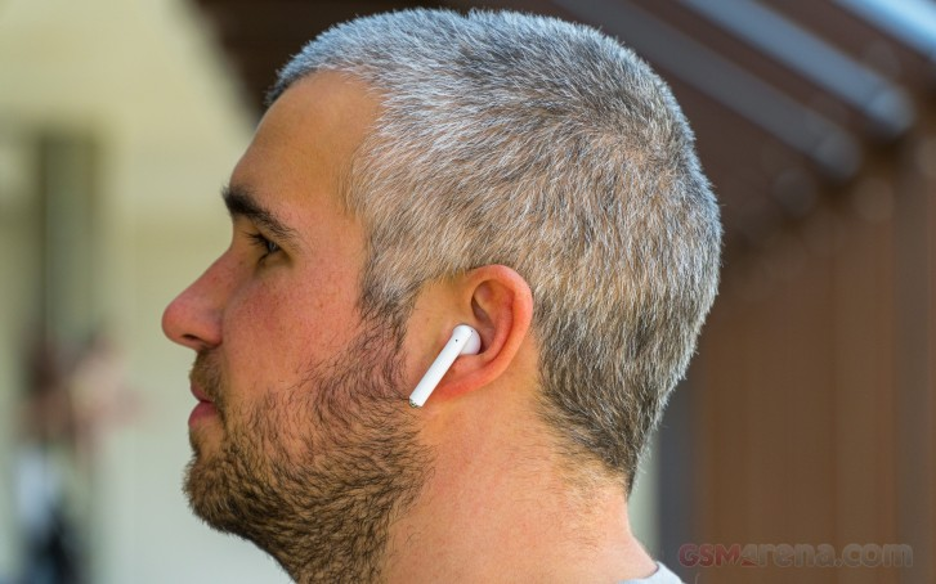The FreeBuds Pro provides everything you could desire in a true wireless earbud, including excellent noise cancellation, excellent sound quality, and long battery life.Before Apple unveiled the AirPods Pro, Huawei released the FreeBuds 3 open-fit true wireless earbuds. Both include active noise cancellation. However, the FreeBuds’ open design meant that noise cancellation wasn’t as effective in extremely noisy areas.
The company followed up with the FreeBuds 3i, a closed-fit design, which wasn’t surprising. But they weren’t indeed a replacement for the AirPods Pro: they were a low-cost alternative for individuals who didn’t want to pay the hefty £249/$249 for a pair of Apple’s best.
The FreeBuds Pro, on the other hand, has finally arrived. And the moniker should give you a good idea of where Huawei intends to market these real wireless devices.
Design & Features
There are some design similarities. However, the squarish stalk shape seeks to make the Huawei FreeBuds Pro stand out as much as possible. Furthermore, unlike the AirPods, which are only available in white, the FreeBuds Pro are available in white, black, and a new Silver Frost colour that resembles a darkened chrome finish.
On the other hand, the case is matte grey and allows wireless charging, just like the FreeBuds 3. The total battery life is 30 hours, which is somewhat longer than the FreeBuds 3i.As you might expect, this is without noise cancellation turned on. The same can be said for the buds’ seven-hour battery life between charges. It takes roughly 3.5-4.5 hours to listen to music with ANC and 2.5 hours to talk on the phone.
Each bud contains an 11mm driver that is suspended in a Huawei-designed stabiliser. This, it claims, is to eliminate distortion and ensure that the sound you perceive is produced only by the driver’s intended movement.
Each bud has three microphones, one on the inside by the driver and two on the outside. Apart from picking up your voice for phone conversations, they also offer active noise cancellation, wind reduction, and an awareness mode that allows you to hear what people are saying or background sounds when you need to focus on something other than music.
Dynamic ANC
Active noise cancelling outperforms the FreeBuds 3 (and 3i) by sensing the type of environment you’re in – using microphones, the IR sensor, and machine learning – and switching between three ANC levels automatically: Cosy, General, and Ultra.
In layman’s terms, they govern how much noise reduction is made, with Ultra mode offering up to 40db of reduction – ideal for aeroplanes and other environments with a lot of background noise.
Squeeze and Slide
Tap gestures are commonly used to control playback and other functionality on wireless earphones. Because this is inconsistent, Apple shifted to a squeeze gesture with the AirPods Pro. So it is here: squeeze the stalk to play or pause, then pinch and hold for a few seconds to cycle among the ANC modes you’ve selected in the AI Life companion app.
You can disable the ‘off’ mode, for example, to switch between dynamic ANC and awareness mode by pinching and holding. And for the most part, this configuration will make the most sense, as having an ‘off state serves little purpose other than to conserve battery power.
Because the silicone tips establish a seal in your ear canal, they filter out a lot of noise even without active noise cancellation. The mediums are in place, and if necessary, little or large tips can be added. You can test the fit via the app, which will play a short clip of music and utilise the microphones to determine if it’s a good seal or not.
Bluetooth connections on two devices
The option to connect the FreeBuds Pro to two devices at once is an added plus. This differs from pairing them with numerous devices in that these earbuds can be connected to both a laptop and a phone at the same time.
You can’t hear sounds from both sources at the same time. Still, the buds can instantaneously switch between the two, so if your phone calls, you won’t have to fiddle with detaching the FreeBuds from your laptop’s Bluetooth. The call will take priority over the laptop’s audio.





